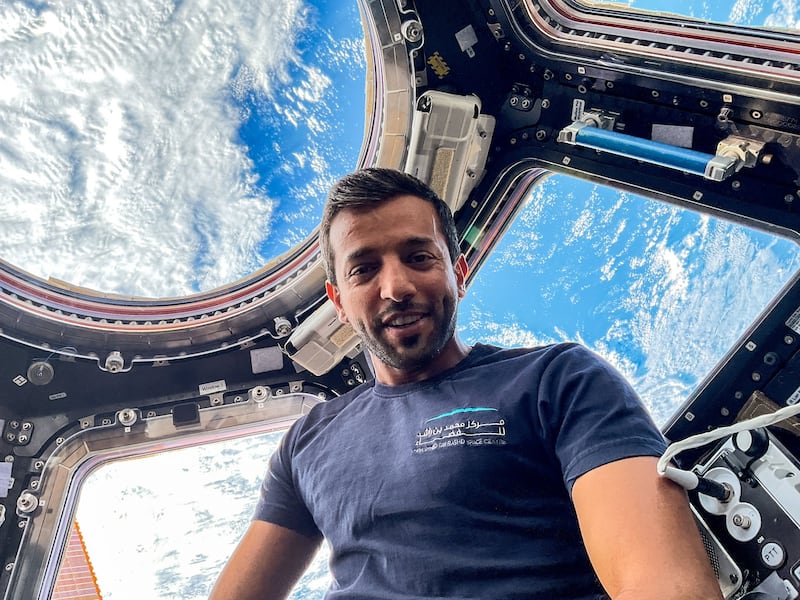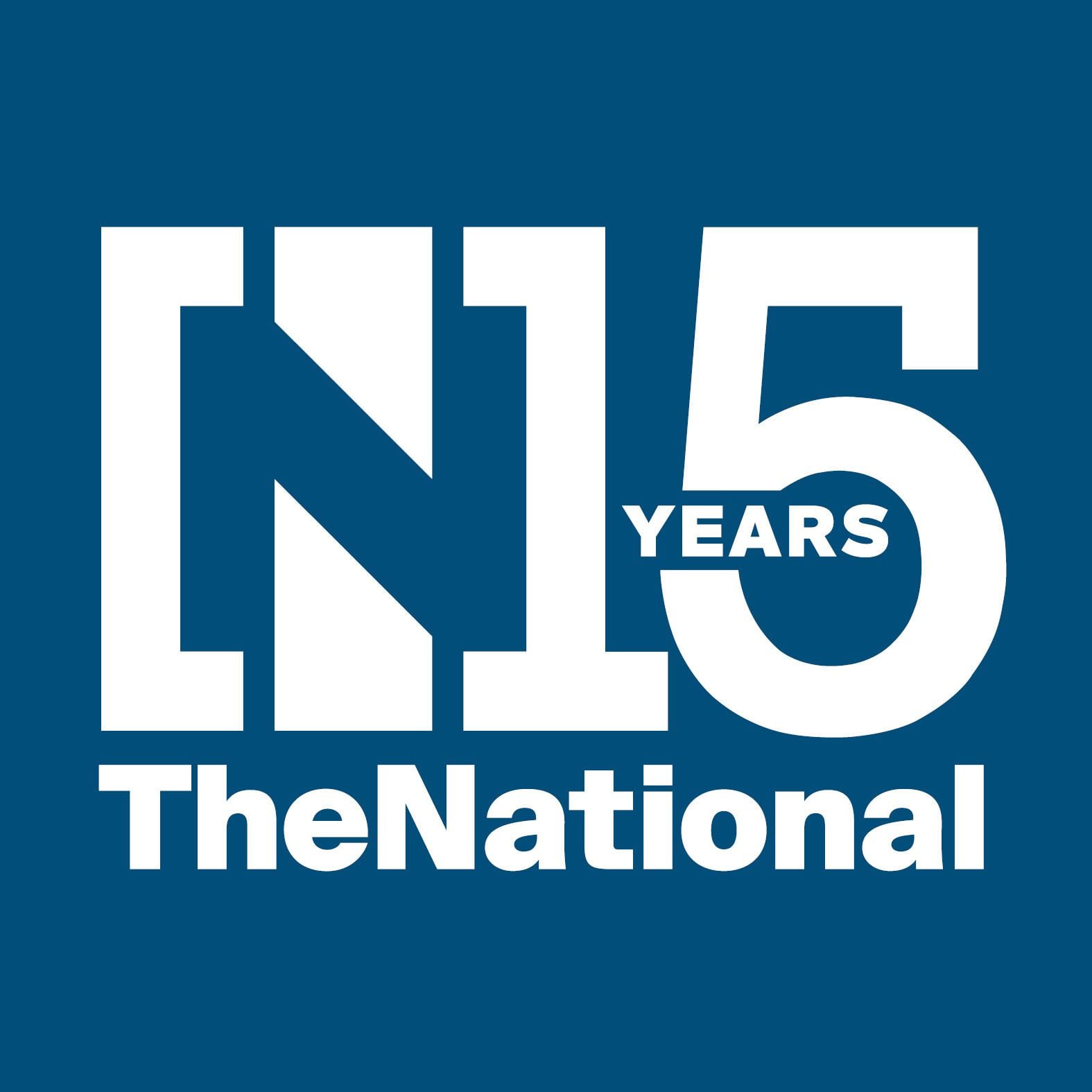Looking in the rear-view mirror amid the turbulence of 2023, the year 2008 may seem a time of innocence and even sunlit optimism.
In the year The National was launched, the US – too long tainted by toxic racism – would make Barack Obama its first black president. Adventurous tourists were booking tickets to visit Yemen’s historic Sanaa, the glories of Palmyra in Syria and even Kabul in Afghanistan.
China hosted the Summer Olympics and welcomed the world. And Isis was the name of an Egyptian goddess or one a set of trendy parents might choose for their daughter.
That, of course, is not even half the story. The storm clouds of the past 15 years were already gathering. In November, an attack in Mumbai by the extremist group Lashkar-e-Taiba lasted three days and left 175 dead.

A month later, Israel would launch a brutal, three-week assault on Gaza that left widespread destruction and killed more than 1,000 Palestinians.
Rumbling throughout the year was the beginning of a financial crisis that would become known as the Great Recession. Caused in large part by reckless lending in
the US housing market, the storm broke with the collapse of Lehman Brothers in September and spread, like a virus, through the global financial system.
That year will also be remembered for the end of Sri Lanka’s civil war with the defeat of the Tamil Tigers. An outbreak of H1N1 swine flu, originating in the US, was declared a global pandemic, but did not cause much concern. It was also the year Michael Jackson died.
There was much excitement in January 2010 with the inauguration of Burj Khalifa that, at 829.8 metres, was by far the tallest building in the world. Just four months earlier was the debut of the Dubai Metro – both signals that the city was looking forward.
Less welcome news came with the eruption of the Icelandic volcano newsreaders struggled to pronounce. Ash from Eyjafjallajokull would shut down international air travel for nearly two weeks in April. Among the stranded passengers was the singer Tom Jones, who had been performing in Abu Dhabi.

Another reminder of nature’s power was the catastrophic Haiti earthquake in January 2010, which left at least 130,000 dead. About a year later, another quake, and the resulting tsunami, would devastate the east coast of Japan, leaving nearly 20,000 dead. The natural disaster was compounded by the near meltdown of the Fukushima nuclear reactor.
But it was the actions of a single man in late 2010 that would have the most profound effect, one still felt today.
Driven to despair at continuous police harassment, poor Tunisian street seller Mohamed Bouazizi died by suicide by setting himself on fire.
Bouazizi’s death would set in motion a series of Arab uprisings – protests calling for reforms and rights would see long-established regimes and leaders challenged.
Tunisia’s Zine El Abidine Ben Ali would be the first to go, with demonstrations in Cairo’s Tahir Square then leading to the fall of Egypt’s president Hosni Mubarak in February 2010.

Protests in Libya would lead to the unthinkable – the fall and death of Muammar Qaddafi, the country’s effective leader since the 1960s, and the start of turmoil that continues to this day.
In Syria, President Bashar Al Assad began to unleash his army on his opponents, and by mid-2012, Aleppo was the scene of a bloody and protracted siege. Amid allegations of chemical weapons use by his forces, the flood of refugees turned into a torrent.
Across the border, in Iraq, a new horror was emerging: ISIS. The terrorist group had many names but one goal: the enforcing of an extreme and twisted version of Islam and proclaiming of a worldwide caliphate.
Emerging from the Iraqi insurgency that followed the 2003 US-led invasion, ISIS exploited the enveloping chaos. Gathering strength in 2013, extremists captured Mosul within a year and threatened Baghdad. Mass executions were their hallmark, while historic monuments including Mosul’s tomb of Jonah and the 850-year-old Al Hadba Minaret of Al Nuri Mosque were destroyed. In 2015, it was the turn of Palmyra, the Roman city and world heritage site.
Ancient buildings were reduced to rubble and the Roman amphitheatre turned into a grotesque forum for public executions, with victims including the site’s 82-year-old archeologist, Khaled Al Asaad, beheaded for refusing to reveal where he had hidden valuable artefacts. An international coalition was formed to combat ISIS, with the US joined by five Arab allies, including the UAE. Female Emirati pilot Mariam Al Mansouri led the air strikes in her F-16 Fighting Falcon, a powerful message that rejected the oppression of women and warped values of the extremists.

By 2016, the tide was turning, with ISIS driven out of Mosul by early 2017, its so-called caliphate reduced to a dwindling patch of land, its fighters dead or captured.
But its influence was less easily contained. A series of terrorist attacks by ISIS and its supporters killed hundreds across Europe. Suicide bombers killed 137 in Paris in November 2015 and eight journalists at the magazine Charlie Hebdo the same year. Young concert-goers enjoying a performance by Ariana Grande were killed by another suicide bomber at the UK’s Manchester Arena in May 2017, an attack that left 22 dead and 250 injured.
In this uncertain world, a new breed of populist politicians emerged. At the forefront of these was the bombastic and confrontational, loved by his supporters and equally loathed by opponents, 45th US president Donald Trump, who seems a perfect symbol of what often seems a chaotic past five years.
From the growing threat of the climate crisis, to the desperate plight of refugees fleeing Africa and the Middle East, the return of the Taliban in Afghanistan, the nuclear ambitions of Iran and North Korea, the impression is of a world slipping out of our control. Above all, there was the Covid-19 pandemic, emerging in late 2019, and shutting the world down for more than two years, leaving millions dead and entire economies in ruins.
Now there is war in Ukraine and a global energy shock that has driven inflation, threatened the banking sector and heightened international tensions to a level not seen since the Cold War.

It is not a pretty picture, as The National turns 15. But it is not the whole story. Even the worst storms are interspaced with sunshine, and there has been plenty of good news since 2008.
Even the pandemic was, in the end, a triumph for science, with medical breakthroughs on vaccinations that have enormous potential for other diseases.
The global community continues to work towards halting climate change, coming together again later this year at Cop28 in Dubai.
The UAE can also reflect on its achievements, from the visit of Pope Francis in 2019 to Expo 2020 Dubai.
In science, there was the Hope probe to Mars in 2021, the first by an Arab nation, and the first UAE astronaut, Hazza Al Mansouri, in 2019, now followed by Sultan Al Neyadi, currently carrying out the first long-term mission on the International Space Station by an Emirati.
In a few days, Al Neyadi will become the first Arab astronaut to walk in space, looking down from 400km at the place all seven billion of us call home. It is a moment to reflect on how far we have come, and how far we might go in the next 15 years.








